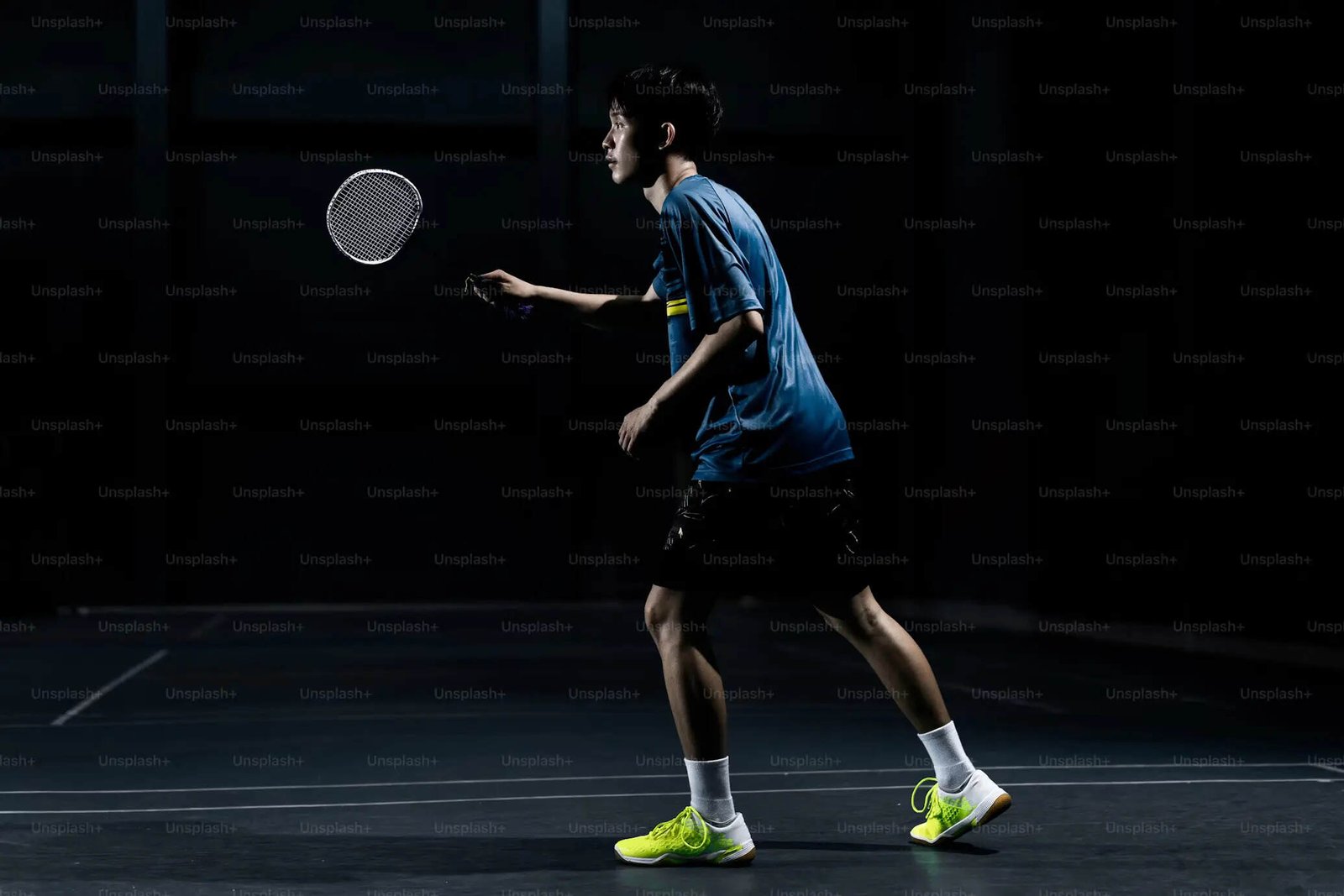Badminton is one of the sports that tests speed, agility, and endurance with quick and constant movement. It is quite physically demanding and to be at your best, an athlete must be in the best shape possible.
One of the key aspects to long-term success in badminton is recovery. That’s why athletes often say, “Perform, Recover, and Repeat” Effective recovery is one of the pillars of optimum performance. The benefits include injury prevention, performance boos,t and domination on the court.
Here’s discussing the best recovery routines for badminton players to stay at the top of their game.
Stretching
The perquisite of any intense physical activity is stretching. Badminton’s fast-paced nature requires a player to combine skill, strategy, and conditioning. The power of stretching is such that it can unlock peak performance besides reducing the risk of injuries.
How does Stretching help Badminton players?
Stretching improves flexibility to improve the motion range and prepare the body for rapid movements.
What should the pre-match routine be like?
You can start with seated hamstring stretches or arm circles to get your blood flowing. Light aerobic activities like jogging or jumping jacks can be included in the warm-up.
What should be post-match recovery stretches?
Stretches like standing toe touches, a child’s pose, and ankle rotations can help muscles relax and recover. These help improve lower body flexibility, strengthen your ankles, and enhance knee and hip mobility.
Related How to Improve Your Reaction Speed on Badminton Court
Yoga
Yoga is more than a mindfulness practice. When done right, it helps sports persons improve flexibility, balance, and mental focus.
How does Yoga benefit Badminton Players?
There are certain yoga poses that help fasten movements and aid recovery. Besides, there is an added benefit of enhanced mental focus.
Which yoga poses or asanas are best?
Badminton players can incorporate yoga poses like downward dog and cobra pose for better flexibility and mental focus.
Related 5 Mistakes to Avoid While Playing Badminton
Swimming
Swimming is one of the popular ways athletes recover from intense physical activity. The activity engages muscle groups of arms, legs, and back. Besides recovery, swimming helps build cardiovascular endurance and muscle strength.
How does swimming help badminton players?
Swimming in recovery routine for badminton players can help better cardiovascular health. It also helps increase the power behind the shots and control over the racket. By boosting flexibility with swimming, your body is better prepared for quick movements.
Related India’s Rising Badminton Stars: Who to Watch Out For
Interval Training
Badminton is a fast-paced sport. Even when you are not on the court, you have to prepare for the court. Interval training alternates between high-intensity exercise and short rest periods is one of the ways elite athletes prepare for matches.
How does Interval Training benefit Badminton players?
Interval training has a plethora of benefits. These include improved aerobic capacity to keep you energized for a long period of time during long-duration games, improved reaction time, and better footwork
An example of an interval routine
30 seconds of sprinting followed by 30 seconds of rest. These can be done for 10 minutes or so.
Related Want Explosive Speed? These 3 Drills Are Game-Changers!
Strength Training
Strength training is quintessential for badminton players even though the sport is more about agility and endurance. You need power behind those shots throughout the match. It will come from strength training. Strength training activities help build lower body, core, and upper body strength to improve speed, and boost power plus agility.
Which strength training exercises to include?
Weighted squats can help build leg strength, plyometric training like box jumps and medicine ball twists can improve explosive movements and ladder drills can enhance footwork.
Related From Zero to Hero: How These Athletes Turned Failure Into Fame
Frequently asked questions
Why is recovery important for badminton players?
Recovery is like an unsung hero for badminton success. It is not just about resting but preparing the body and mind for peak performance.
Which stretches are best for badminton players?
Arm circles, jumping jacks, and seated hamstring stretches are some good stretching exercises before you step onto the court. Stretching like Child’s pose and standing toe touches help with post-game recovery.
How does nutrition impact recovery in badminton?
Nutrition is one of the pillars of recovery in any sport. Recovery nutrition regimen is a must especially consuming carbohydrates and proteins, helps replenish energy stores, repair muscles, and enhance overall recovery after intense matches or training sessions.
How to prevent common badminton injuries?
The answer to preventing badminton injuries lies in stretching, building strength, and maintaining proper technique while performing physical activities. Also, make sure to wear the right footwear and warm up properly before games.
How many rest days do badminton players require per week?
It depends on how intense your training is and your match schedule. However, most players have at least one or two rest days per week which help them rest, repair and recover.
